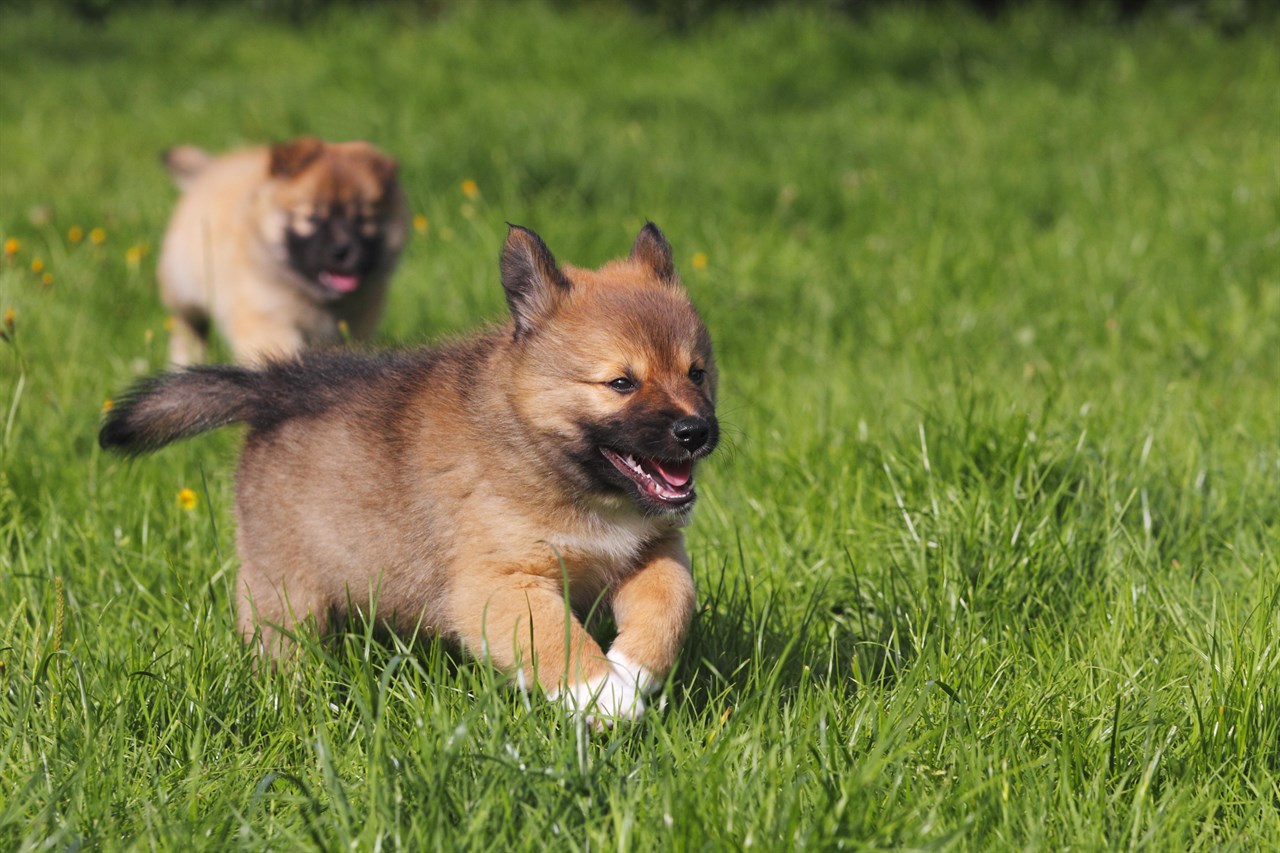Barking Habits of the Icelandic Sheepdog: A Vocal Expression of Vigilance

The Icelandic Sheepdog, known for its watchful and alert nature, can be a vocal breed. Barking is a natural means of communication for dogs, and Icelandic Sheepdogs are no exception. Understanding the reasons behind their barking habits and employing appropriate training techniques can help manage this behaviour effectively.
Watchful and Alert Nature
Historically bred as herding dogs, Icelandic Sheepdogs have an innate sense of vigilance. This quality, combined with their intelligence, makes them excellent watchdogs. They are quick to notice changes in their environment and may use barking as a way to alert their owners to potential intruders or unfamiliar situations.
Vocal Communication
Barking serves as a form of vocal communication for Icelandic Sheepdogs. They may bark to express excitement, joy, or to seek attention. Additionally, barking can be a way for them to communicate with other dogs or animals in their surroundings.
Training Considerations
While the Icelandic Sheepdog's barking habits are often rooted in their natural instincts, it's essential to manage this behaviour through training. Consistent training from an early age can help establish boundaries and teach the dog appropriate times to bark and when to be quiet.
Do Icelandic Sheepdogs bark a lot?
The barking tendencies of Icelandic Sheepdogs can vary among individuals. While they are generally vocal, the frequency and intensity of their barking may depend on factors such as genetics, individual temperament, and the environment in which they are raised.
Effective socialisation and exposure to different people, animals, and situations can contribute to a well-rounded Icelandic Sheepdog that is less prone to excessive barking. Additionally, providing mental and physical stimulation through regular exercise and interactive play can help channel their energy in positive ways, reducing the likelihood of boredom-induced barking.
In conclusion, Icelandic Sheepdogs may be vocal due to their watchful and alert nature, but this behaviour can be managed through consistent training and proper socialisation. Understanding the reasons behind their barking and addressing those needs can contribute to a harmonious relationship between the dog and its owners.
Icelandic Sheepdog puppies for sale
- Find Icelandic Sheepdog puppies for sale in ACT
- Find Icelandic Sheepdog puppies for sale in NSW
- Find Icelandic Sheepdog puppies for sale in NT
- Find Icelandic Sheepdog puppies for sale in QLD
- Find Icelandic Sheepdog puppies for sale in SA
- Find Icelandic Sheepdog puppies for sale in TAS
- Find Icelandic Sheepdog puppies for sale in VIC
- Find Icelandic Sheepdog puppies for sale in WA